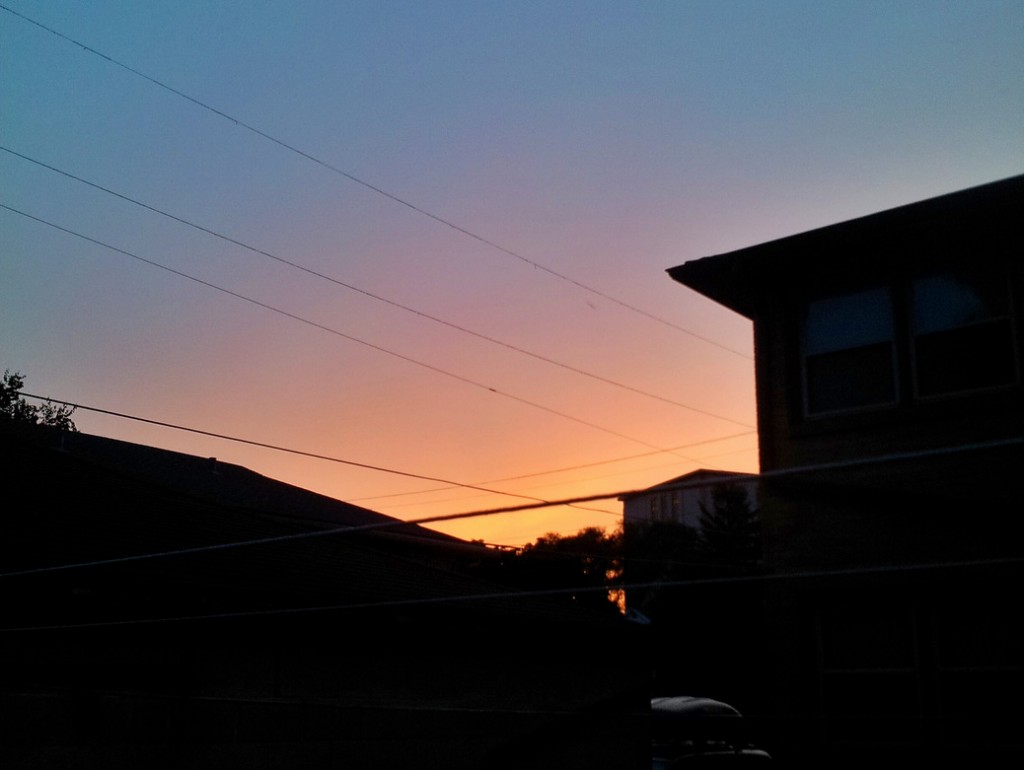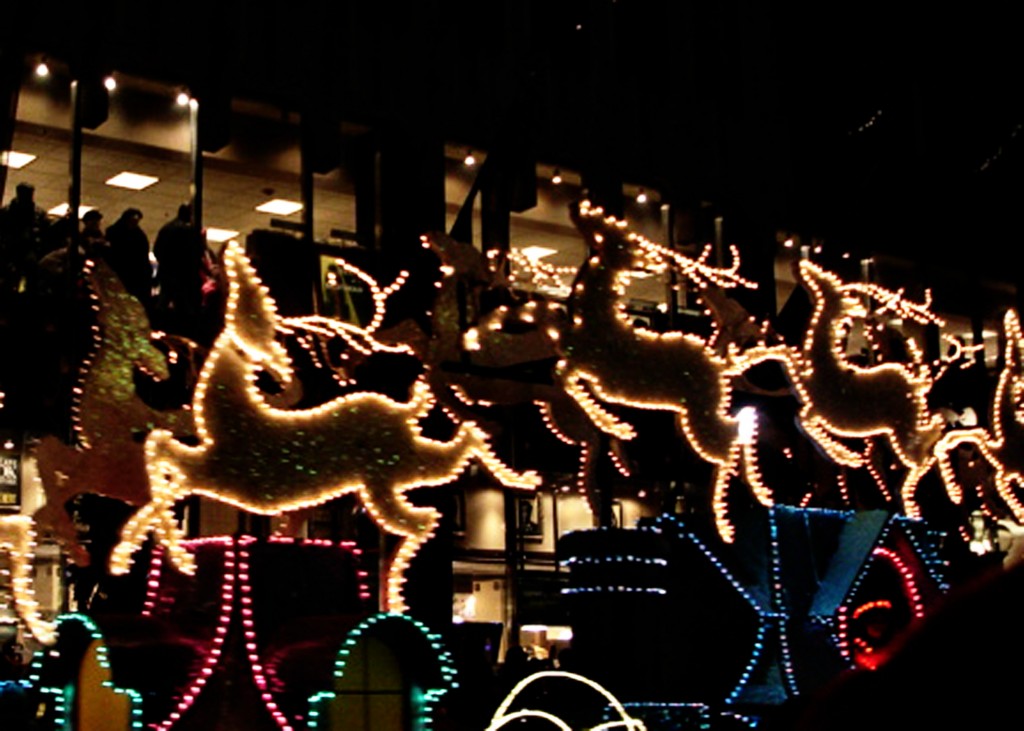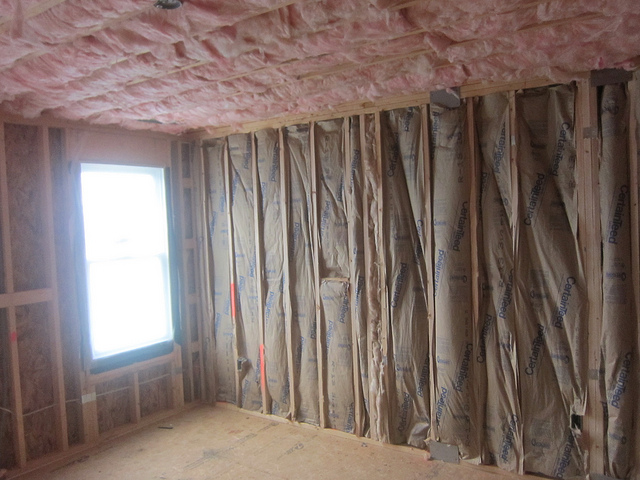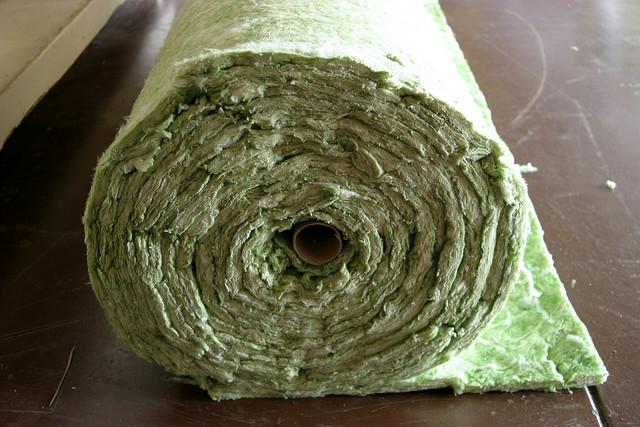Once upon a time, husby and I thought, what if we bought a house in the small town we’ll be moving to this spring. About a year ago, when I first starting envisioning this whole building earth project, I thought a good progression would be to have a house to demonstrate some of the energy efficiency, green building, and sustainable design ideas that I’ve been writing about. Not to mention we were ready to start investing in our own place inside and out.
One of the projects that I’m super excited about starting in regards to our new house is this series on The Energy Efficiency Project. Each month I’m going to explain what things we’ve done to reduce our houses energy use: upgrades, downgrades, or behavior changes. And then I’ll share the nitty-gritty with you: our monthly energy bill, and the costs, and pros and cons of the changes we’ve implemented. My goal is to be as transparent as possible in how we use energy and how we are attempting to save energy. My hope is to show how small changes can add up to significant energy savings, and maybe you’ll be inspired to adopt some of the same changes yourself.
So first, let me share some details about our new home to give you the lay of the energy use land.
Size: 1,026 square feet. Single story, with an unfinished basement, rafter attic for insulation.
Energy using appliances: refrigerator, stove, washer, dryer, hot water heater, gas furnace, central air, garage door, coffee grinder, exhaust fan
Electronics: computer, cell phones, alarm clock, seedling starter heating pad
Light fixtures: 21 bulbs worth
Windows: approximately 100 square feet, most of which are fairly new with aluminum sills
Insulation: I’m not sure exactly, since I haven’t looked inside the walls yet, but I’m pretty sure it’s just your basic fiberglass batts. The attic has about 3-4 inches of blown insulation covering the house.
Occupants: 2 adults, one wee tender babe
The Energy Efficiency Project: Month 1
We’ve been living in the new house for about a month now. Long enough to get our first energy bill! So we have a bit of a baseline to start with.
For December 17th through January 13th this is what our energy usage looked like:
Over 27 days we used 379 KWH (kilowatt hours) of electricity. We are part of the Alliant Energy Second Nature renewable energy program, at the 100% level. (In this program you can choose the amount of your energy use that you want to be matched in renewables, and we chose 100%.) So the cost of our electricity is $0.13 per KWH, for a total of $49.62.
We also used 85 Therms of natural gas heat energy. The natural gas market fluctuates in Wisconsin, so there is not an easy dollar per Therm number to give you, but during this billing period we paid $72.90 for our gas use.
Our energy bill also provides these numbers for helpful comparison:
Electricity used this month last year: 834 KWH (!!! what did the former owners have plugged in that sucked more than twice as much electricity as we used?)
Gas used this month last year: 96 Therms. Average temperature this month: 20° F. This month last year: 14° F. So last year was a bit colder than this year which explains the higher gas usage.
Degree Days this month: 1211, vs this month last year: 1698. Degree days are the number of degrees below 65° F in one day, all added together for the total 27 days of the billing period
Now let’s see where we can go from here!
P.S. Interested in seeing a picture tour of our new house? You can check that out over on macnamania.com!





 Much like it often happens in the fall, it seems like we went from comfortable-with-a-sweatshirt weather to need-all-the-layers weather overnight. And to top it all off, we have a layer of snow on the ground. Oh, November, you’re full of surprises.
Much like it often happens in the fall, it seems like we went from comfortable-with-a-sweatshirt weather to need-all-the-layers weather overnight. And to top it all off, we have a layer of snow on the ground. Oh, November, you’re full of surprises.

